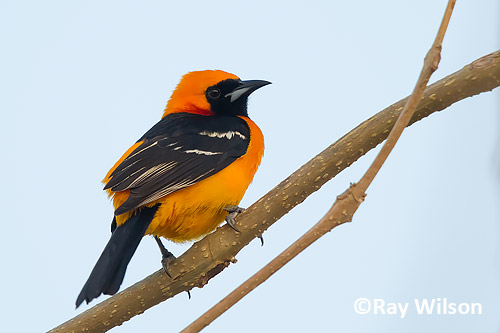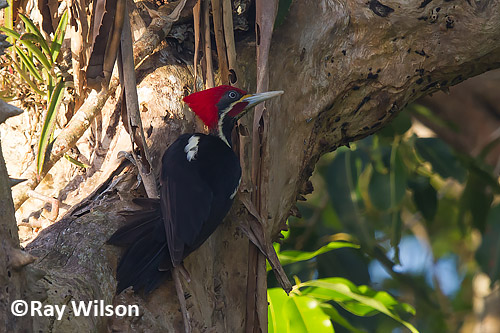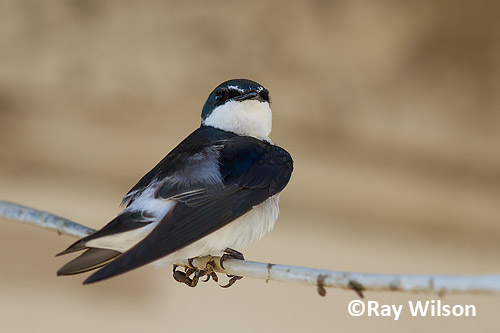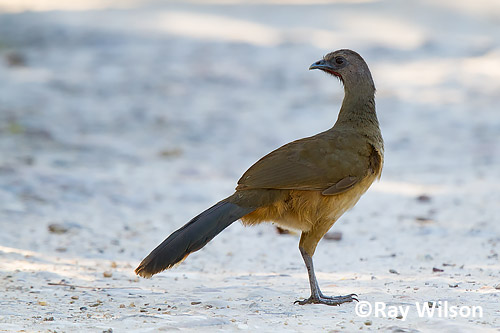
- Home
- Photography Tours
- Diary / Blog
- Galleries
- Foreign Trips
- Tasmania 2016
- NE Queensland 2016
- Western Alps 2016
- NE Spain 2016
- Australia's Wet Tropics 2015
- Australia's Top End 2015
- SW Australia 2015
- Switzerland 2015
- Andalucia 2015
- Belize 2015
- Australia 2014
- Switzerland 2014
- Belize 2014
- Bahama Islands 2014
- Switzerland 2013
- Ecuador 2012-2013
- Florida 2011-2012
- Vancouver Island 2011
- Australia 2010
- Peru 2008
- Bulgaria 2007
- Lesvos 2006
- California 2006
- New Zealand 2005
- Extremadura 2005
- Goa, India 2004
- The Gambia 2003
- About
February 2014
25th-26th February 2014
Crooked Tree, Belize

Bat Falcon (Falco rufigularis)
I arrived in the Central American paradise of Belize for the start of a 2 month trip in the early afternoon on the 25th and immediately got off to a great start with over 100 species of bird seen in the first 48 hours. My base for the first 10 days is at Crooked Tree Wildlife Sanctuary which is an absolutely superb location.

immature male American Redstart (Setophaga ruticilla)
I was very lucky with the timing of my arrival, as they had had terrible flooding this year after their wettest winter on record and the causeway only re-opened a couple of weeks prior to my arrival. The high water level meant that a lot of species that are normally regularly seen at this time of year, such as Roseate Spoonbill, Wood Stork and Jabiru,were absent, but the birding and photographic opportunities around the lodge were still fantastic.

male American Redstart (Setophaga ruticilla)
Numerous North American migrants could be found in the surrounding area with American Redstart being the commonest.

Northern Waterthrush (Seiurus noveboracensis)
Northern Waterthrush were also fairly numerous in the marshier areas of scrub and stunning Vermillion Flycatchers were common along roadside fences and open scrubby areas.

male Vermillion Flycatcher (Pyrocephalus rubinus)

female Vermillion Flycatcher (Pyrocephalus rubinus)
Of the 4 species of Oriole I saw, Hooded Oriole was the most frequently encountered and they often came down to the hummingbird feeders to drnk some nectar..

Hooded Oriole (Icterus cucullatus)

Acorn Woodpecker (Melanerpes formicivorus)
One of the oak trees in the village was host to a family of Acorn Woodpeckers who could frequently be observed tending to their stash of nuts.

Acorn Woodpecker (Melanerpes formicivorus)
Black Iguanas, which are also sometimes known as Black Ctenosaurs, can frequently be observed sunning themselves around the village. These large lizards can grow up to 1.5m (5ft) in length and are listed in the Guiness Book of Records as being the fastest lizard in the world, having been measured running at 21.7mph!

Black Iguana (Ctenosaura similis )

Lineated Woodpeckers were occasionally observed hammering away in the the large Guanacasta trees dotted around the village.

Lineated Woodpecker (Dryocopus lineatus)
On the first morning of my stay, I took an early morning boat trip out onto the lagoon and down along part of Spanish Creek.

Green Iguana (Iguana iguana)
Huge Green Iguanas were much in evidence as they basked in the early morning sun in the tops of the trees along the water's edge. Despite their name, the vast majority of individuals were brown or brownish-orange in colouration and the only rather green one I saw is the rather handsome individual in the photo above.

female Snail Kite (Rostrhamus sociabilis)
Snail Kites were busy hunting for their breakfast of Apple Snails


Tropical Water Lily (Nymphaeaceae)
Tropical Water Lilies are apparently in short supply this year due to the higher than normal water levels but could still be seen in reasonable numbers along the banks of the creek

Tricolored Heron (Egretta tricolor)
Mangrove Swallows were very common arond the lodge and could often be found perched on the electricity and telephone cables.

Mangrove Swallow (Tachycineta albilinea)

Plain Chachalaca (Ortalis vetula)
Ray Wilson owns the copyright of all images on this site.
They may not be used or copied in any form without prior written permission.
raywilsonphotography@googlemail.com